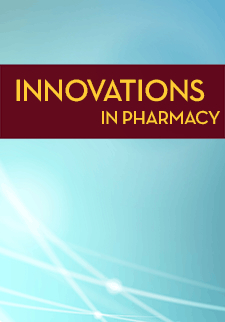Implementation of an Interprofessional Diabetes Management Clinic in the Rural Primary Care Setting
Emma Williams
Mountain Area Health Education Center
https://orcid.org/0000-0001-7224-6892
Haley Simkins
Mountain Area Health Education Center
Anna Hale
Mountain Area Health Education Center
Luis Trejo
Atrium Health
Anne C. Carrington Warren
Mountain Area Health Education Center
https://orcid.org/0000-0002-3092-631X
DOI: https://doi.org/10.24926/iip.v15i2.5773
Keywords: Diabetes management, Rural, Primary Care, Interprofessional
Abstract
Background: Access to a primary care provider is not guaranteed for many living in rural settings. Notably, rural populations experience a higher degree of burden from chronic diseases compared to urban-dwellers. For example, diabetes can go undiagnosed and undertreated with lack of primary care. To address these care gaps at a large, rural family medicine practice in western North Carolina, a multidisciplinary pharmacist-led diabetes clinic was developed.
Objectives: This article describes the implementation, evolution, and impact of the diabetes management clinic and explores future directions for improving the experience of patients and health care providers.
Practice Description and Innovation: The diabetes management clinic at Mountain Area Health Education Center (MAHEC) is a pharmacy resident-led interdisciplinary clinic incorporating nutrition and pharmacy learners to provide patient care in both telehealth and in-office settings. Since its inception in 2018, the clinic has facilitated meaningful learning opportunities for students and residents and helped patients manage their diabetes in a multifaceted approach.
Evaluation Methods: A retrospective, cross-sectional study evaluated diabetes-related outcomes for 80 patients seen in the diabetes management clinic during twelve months of appointments. The primary outcome measure was change in A1c from baseline.
Results: Among patients with a follow-up A1c during the study (n=64), there was a mean reduction in A1c by 0.79% from baseline. Additionally, among those with a second follow-up A1c available (n=32), there was a mean reduction from baseline in A1c of 1.42%.
Conclusion: The utilization of pharmacy residents as part of an interdisciplinary diabetes management clinic can extend access to care for underserved patients. The clinic also serves as a structured teaching clinic for interdisciplinary learners, and it has contributed to positive clinical outcomes, strong interprofessional collaboration, and expansion of experiential education opportunities since its inception in 2018.



